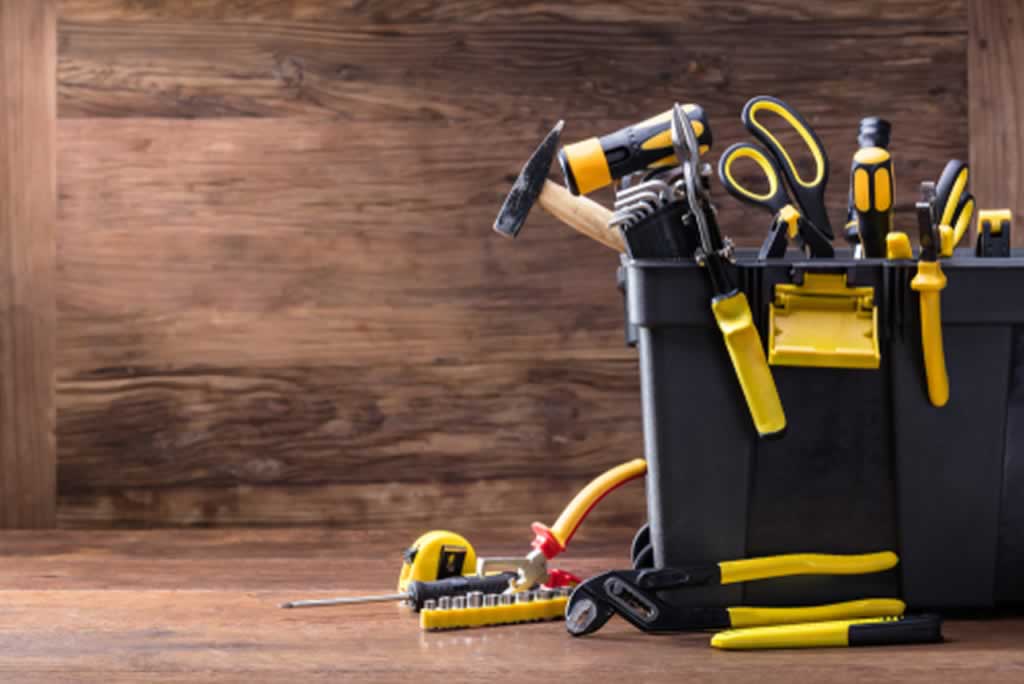Renovate Your Home Like a Pro: Tools and Equipment You Need

DIY projects have been on the rise since the pandemic began. Now that we’re in 2022 with a new variant, it looks like we’ll stay at home for another indefinite period. If you had put your home renovation plans on hold last year, perhaps it’s time to face the reality that pros won’t be available to help anytime soon. Construction projects had ground to a halt in 2020, so many workers are still catching up until today.
Renovating your home the DIY way can be fun and less expensive. But you have to do it right. Winging it may sound like a good idea if you’re not confident about your plans, but think again. DIY projects can end up costing more without a plan in place. A spontaneous job is prone to mistakes, after all. Plus, pros don’t venture into a project without a plan. You’ll do better following their example if you want a faultless job.
But a good plan and impressive skills won’t yield results without the appropriate tools and equipment. That said, here’s everything you need to renovate your home like a pro:
Power Tools
-
Cordless Drill
A cordless power drill will help you bore holes into walls for artwork, picture frames, or hooks. Depending on the drill bit you use, it can also drill holes into wood or any other surface. It is also the tool that will allow you to install floating shelves, standing shelves, or bookcases.
-
Chop Saw or Miter Saw
A chop saw will allow you to cut lumber, timber, and PVC pipes. It works best on two-by-four lumbers and even four-by-eight timber beams.
There are different kinds of chop saws. For a beginner, the standard type may be the best buy. It chops straight down, so it’s limited to angles cut in only one plane. If you need a blade that tilts, get the compound chop saw, which allows the blade to tilt to one side from vertical. The two other types, dual-compound chop saw, and sliding compound chop saw, are best for pros and semi-pros. They make bevel cuts that might be too advanced for a DIY novice.
-
Circular Saw
This tool will allow you to cut long lumber pieces lengthwise or cut large panels like plywood. With it, you can build tables, decking, chairs, and other types of wooden furniture.
-
Table Saw
A table saw leans more on the pro side, but it will help beginners achieve precise and straight cuts. It helps when a circular saw makes wobbly or uneven cuts. You can create reclaimed wood furniture with this tool.
-
Orbital Sander
An orbital sander will spare you the tedious task of smoothing down wood with sandpaper. It can finish the job in minutes, looking even more streamlined.
-
Nail Gun
A nail gun comes in handy for trim work, roofing, and framing jobs. The alternative is driving nails by hand, which will tire you out in minutes.
-
MIG Welding
A major home renovation typically includes steelworks, so you’d need a MIG welding. This particular type of welding is best suited for beginners. It has two sub-types, bare wire MIG and flux core MIG. Bare wire MIG is for joining thin pieces of metal together. On the other hand, flux core MIG is for outdoor steelworks that don’t require a gas supply or flow meter.
Some DIY welding project ideas are barstools, tool racks, shoe racks, and knickknack holders. You can also create metal sculptures in it if you’re feeling artistic.
Heavy Equipment
-
Mini or Compact Excavator
If you’d improve your home’s foundation or build a basement, you’d need a mini excavator. Caterpillar, Inc. offers a series of mini excavators with a wide range of net power, operating weight, and digging depth. A mini excavator digs up mounds of soil mechanically, sparing you from another tedious task, which is to shovel up dirt. It can also lay down gravel on the ground.
You can increase your mini excavator’s capabilities with heavy-duty aftermarket CAT parts. Buying those are better than ordering original equipment manufacturer parts (OEM), which are costly and not readily available. You can also get perks from your excavator’s insurer because of affordable aftermarket parts.
-
Skid Steers
To clear the site, remove debris, or clear a pool, you need a skid steer. It’s small heavy equipment with a boom bucket that faces outward to sweep material away. It also runs on wheels, so it’s easier to control than backhoes and other professional construction equipment.
With these tools and equipment in your possession, your major home renovation project can produce better results than you’ve expected. You will start the new year with a beautiful home and honed DIY skills.